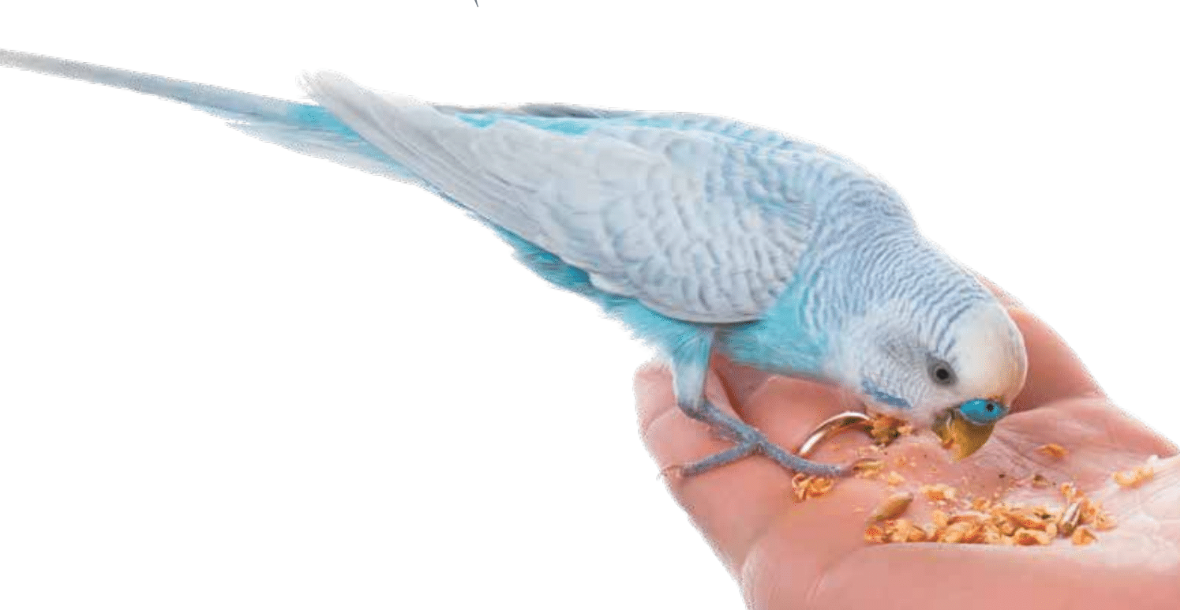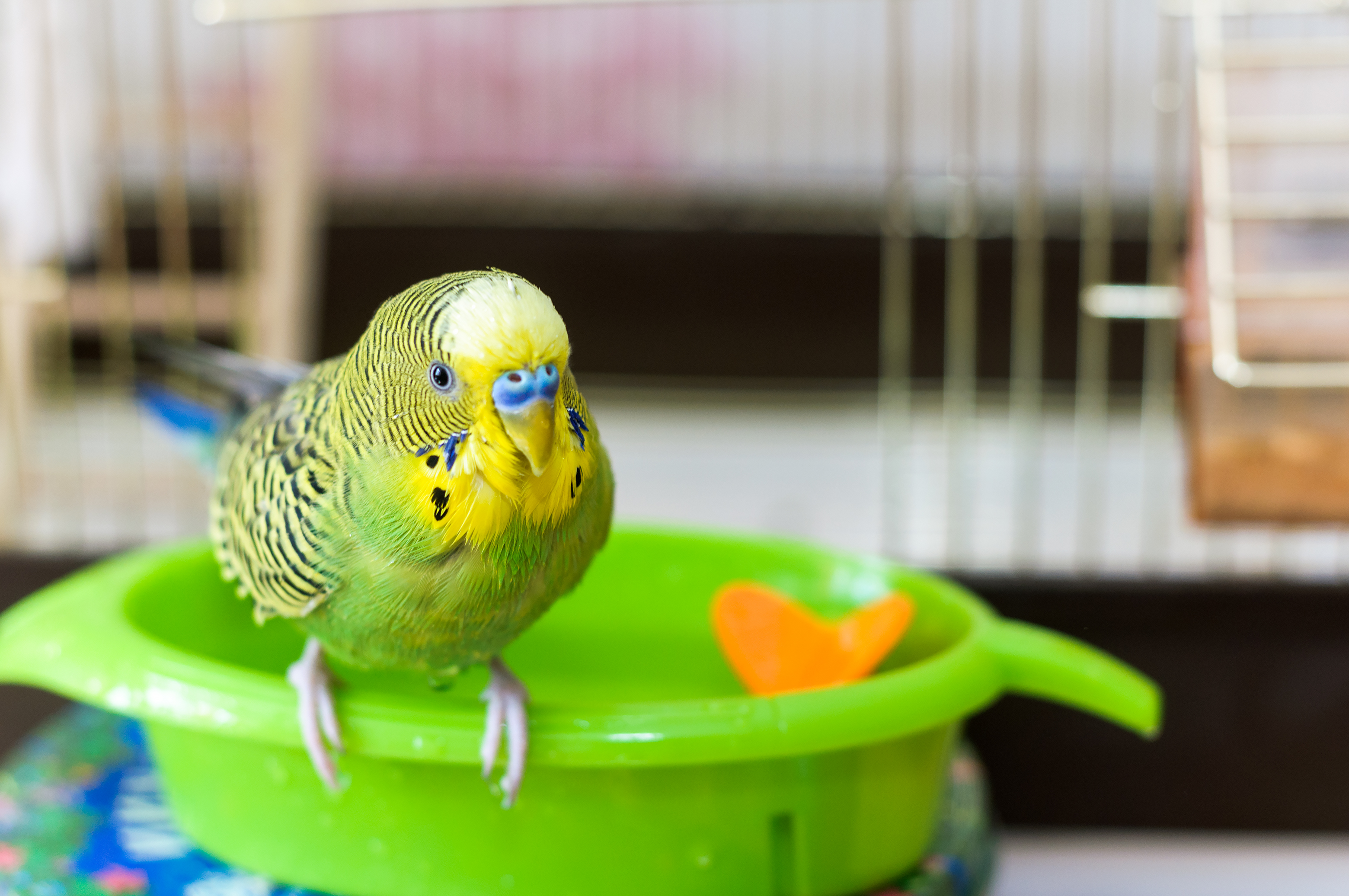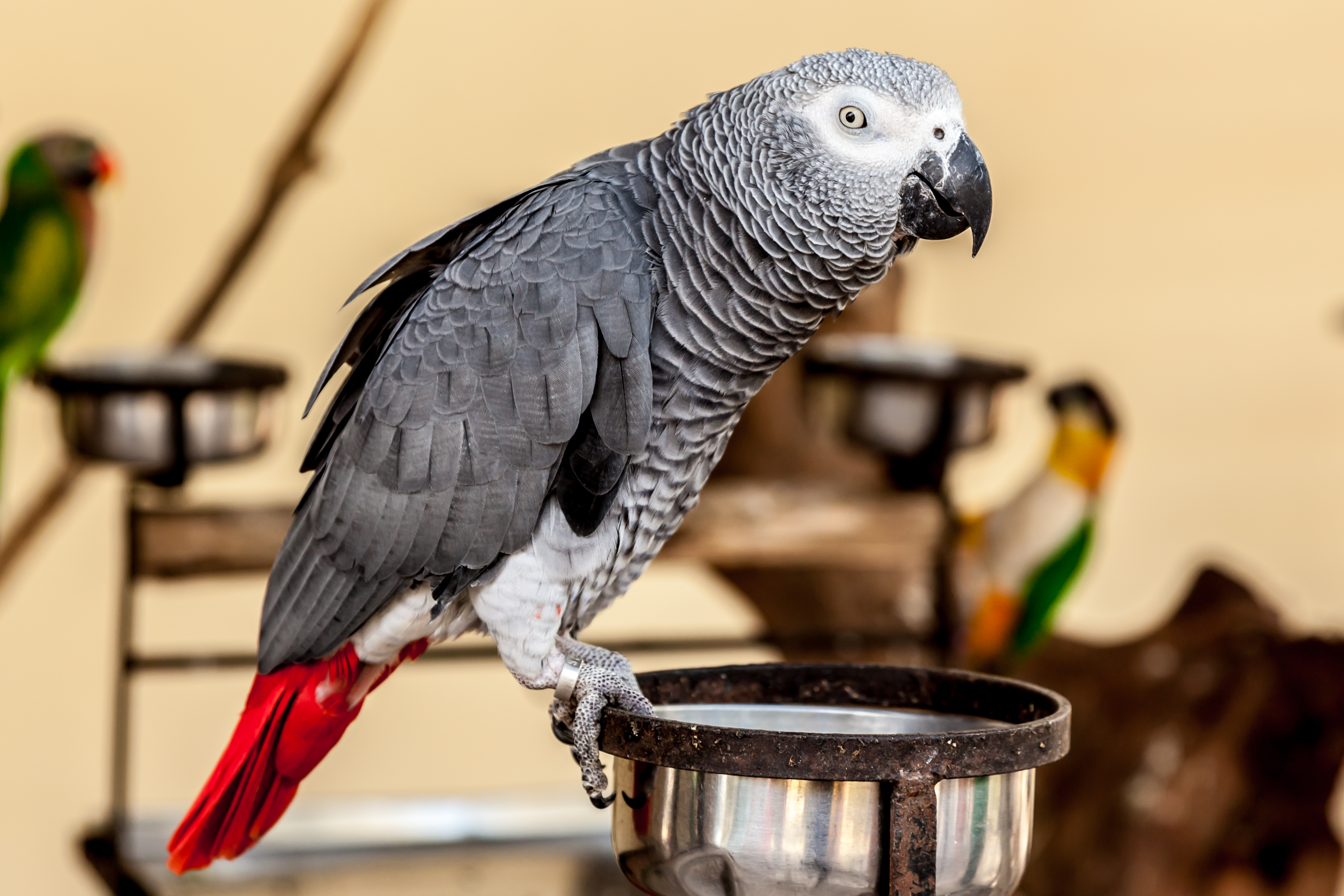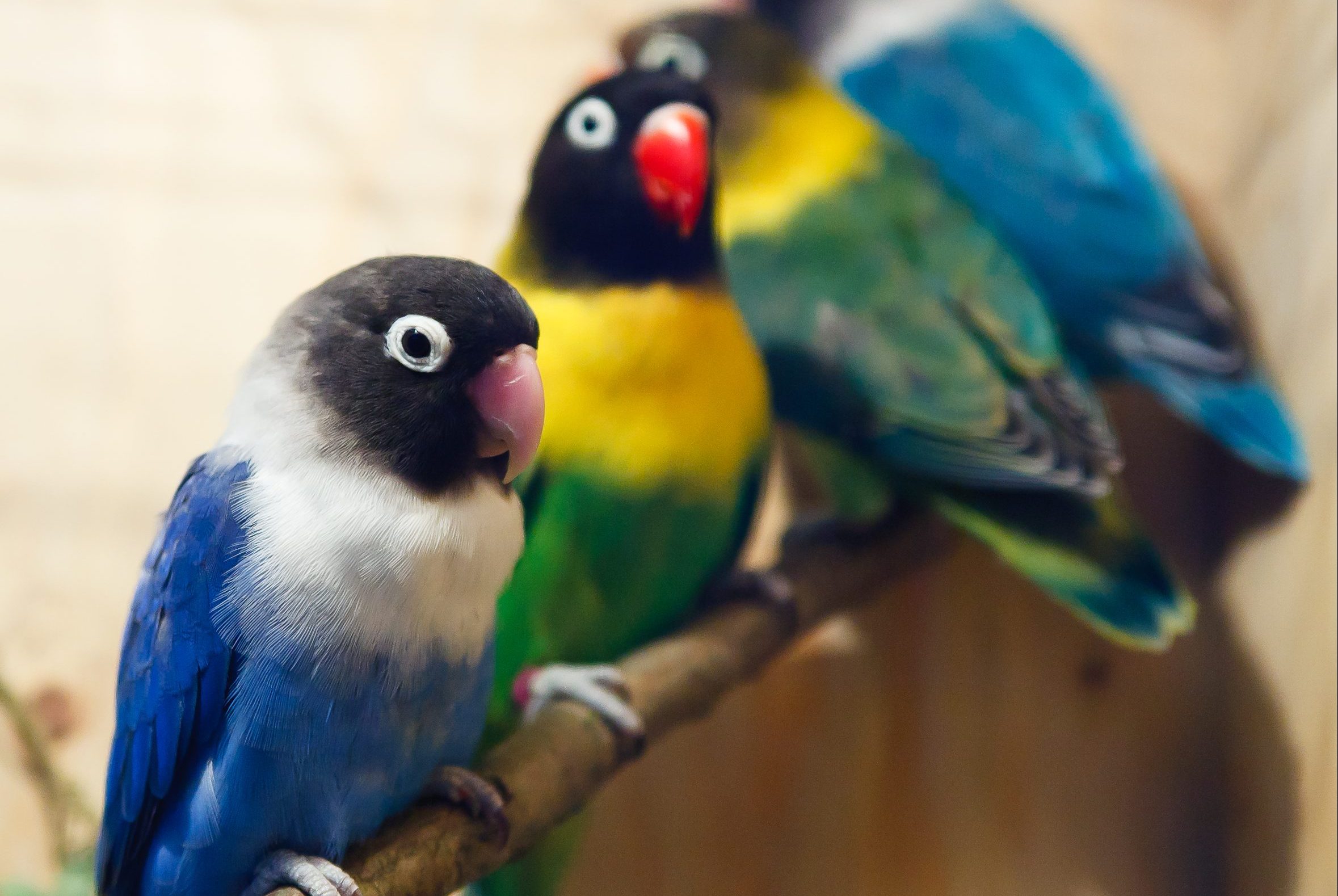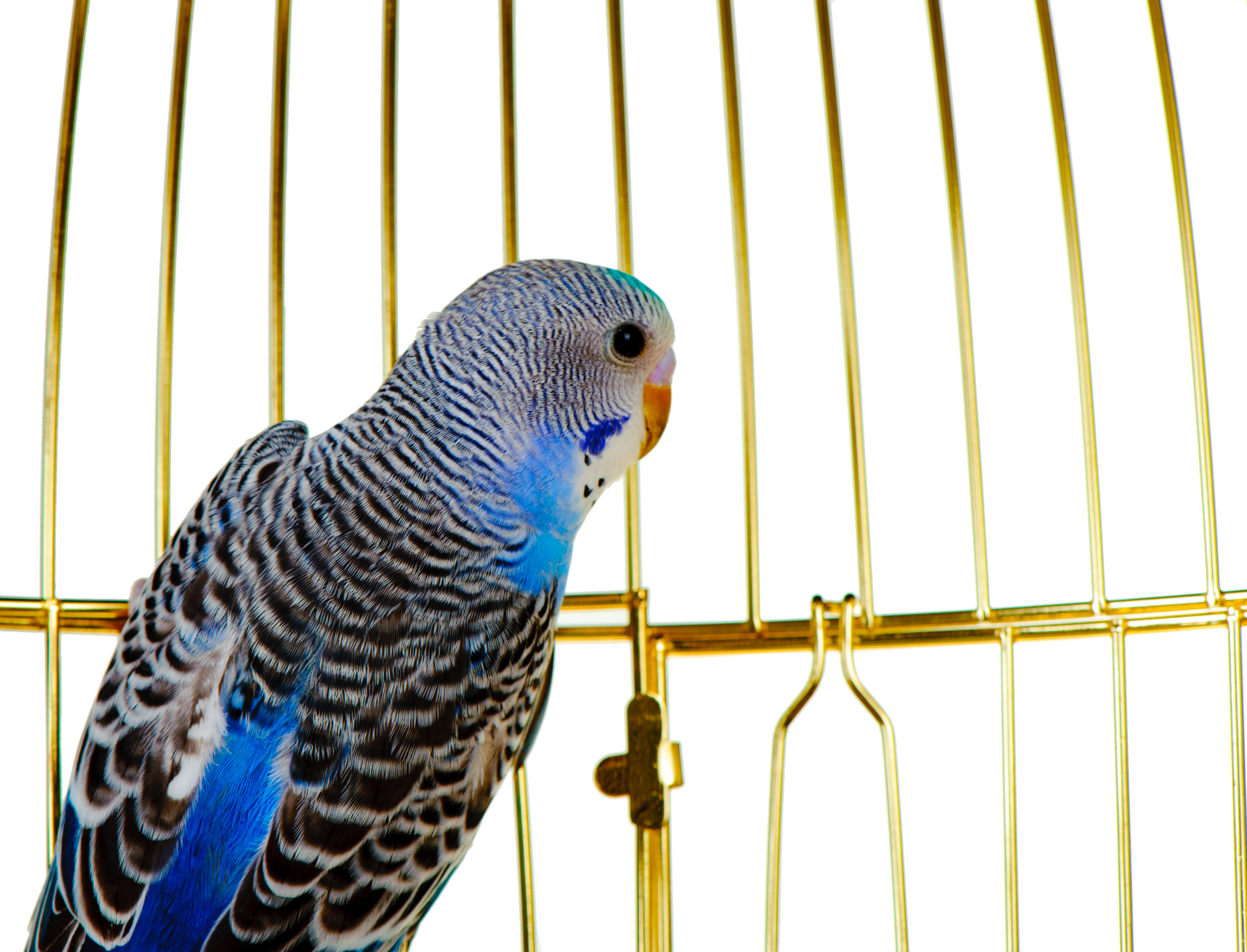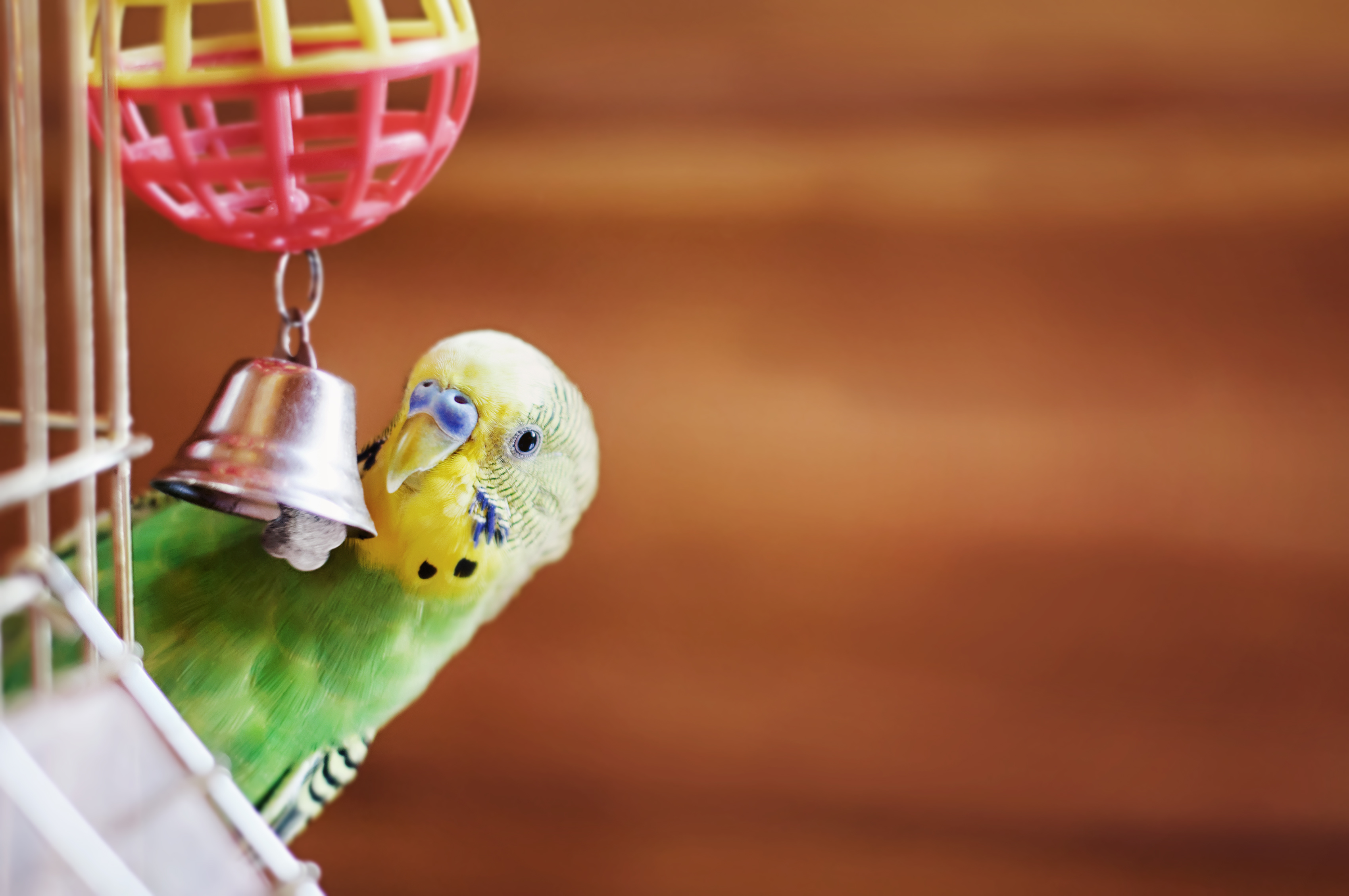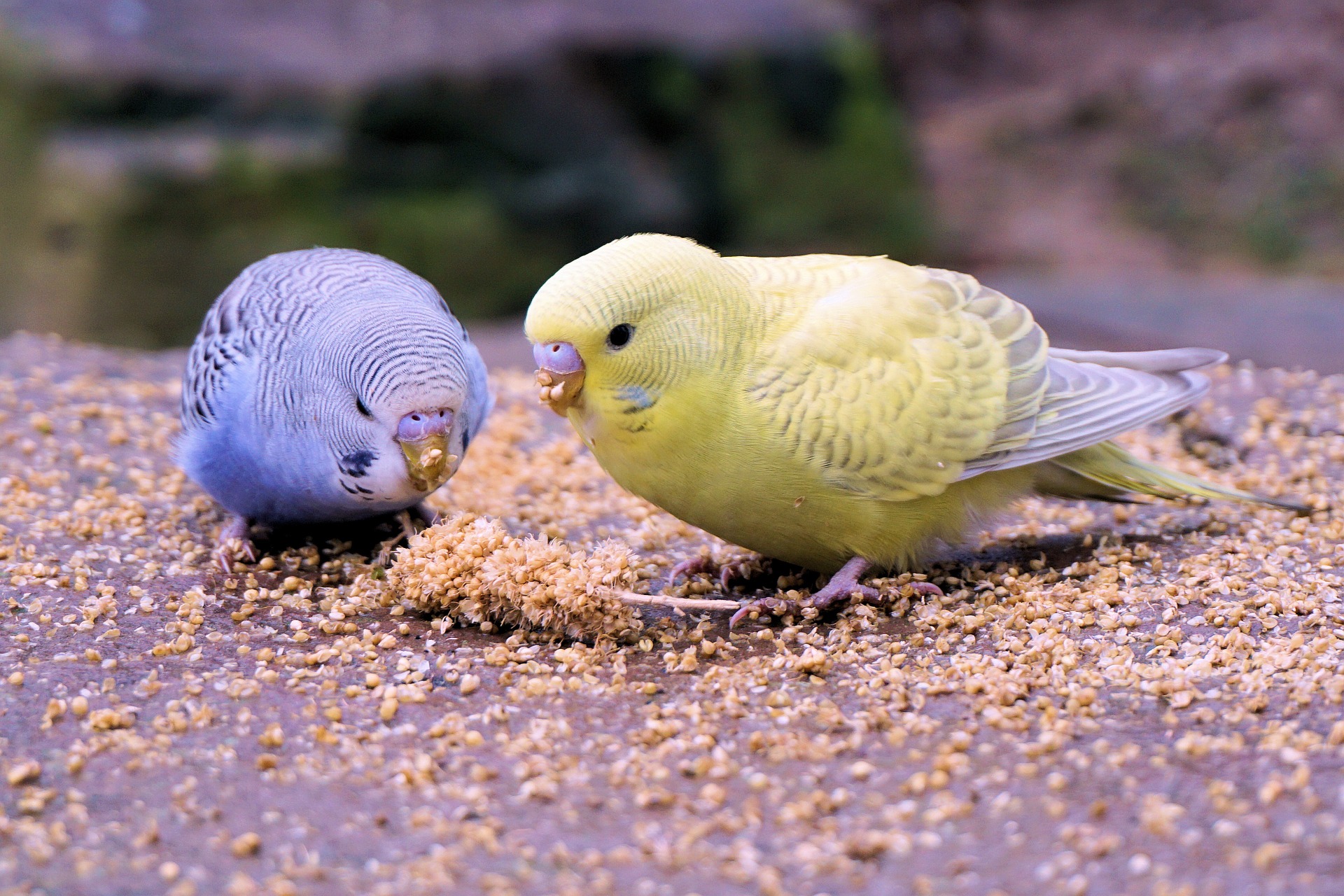Quality, Variety Matter for Birds’ Daily Diets
Erik J. Martin //June 12, 2018//
Want your store to be the go- to destination for pet bird owners? Prepare to accommodate their tastes—and their pets’ palates—by stocking a diverse assortment of the most important staple in your set: the daily diet.
From seeds and pellets to cakes and fruit/veggie/nut mixes, consumers face a glut of confusing choices when hunting for avian edibles today. That means they’ll be looking to your store for guidance, recommendations and a simplified shopping experience.
A Dining Destination
“Avian customers want one-stop shopping for their feathered companions. By offering a wide selection, retailers can be sure to meet their needs,” said Melanie Allen, avian product specialist for HARI (the Hagen Avicultural Research Institute), a division of The Hagen Group.
Joe Taylor, bird manager for The Animal Connection, a standalone pet store in San Francisco, seconds that sentiment. He has carefully re-evaluated his bird department in recent years and has chosen to expand his set by selling at least 12 different bird food brands in a number of sizes. Sweet Harvest by Kaylor of Colorado remains his biggest seller; Higgins Sunburst Gourmet Blend is his latest shelf addition.
“The truth is that there’s a lot of trial and error that bird owners experience with food. They try a brand and see what the bird likes and sometimes switch to another brand if the bird isn’t eating it,” said Taylor, explaining why it pays to carry a broader array of daily diets and formulas.
Mary Wyld, owner of Wyld’s Wingdom, a Norfolk, Virginia-headquartered pet bird supplies distributor, agrees.
“Owners want variety for their birds, whether it be in additional seed choice mixes or pelleted foods,” Wyld said. “Frequently, the customer will select more than one type in order to provide that variety.”
Not Your Father’s Birdseed
Companies are tapping into this trend toward new and different by rolling out fresh products and packaging. Case in point: ZuPreem recently added to its expansive line by introducing two new premium blends, Pure Fun and Sensible Seed, each designed to indulge a bird’s fun-loving and playful instincts and reduce wasted food via “right size” pellets and seeds.
“Manufacturers are offering more species-specific foods than ever before,” said Sally Haugk, owner of Bird is the Word, a bird supplies retailer in Batavia, Illinois, who primarily stocks mixes by Vitakraft Sunseed, Higgins and Harrison’s. “I’ve also seen them freshen up their packaging—making it look nicer and more colorful.”
Graphics that pop, a more transparent list of ingredients and convenient sizes are among the packaging improvements Taylor has noticed.
“Companies that used to make only four- and six-pound bags are now offering two- and eight-pound bags, for example,” Taylor said. “The bigger bags provide more value, while the smaller packages satisfy those concerned about product freshness.”
Quality Matters
But the movement with the most momentum continues to be healthier and higher-quality ingredients.
“Many avian pet parents are searching for diets that offer solid nutrition for their feathered companions, including formulated or blended diets,” Allen said.
She notes that HARI’s popular Tropican premium extruded formulas boast greater nutrient density and digestibility than competitors’ products, resulting in better weight balance and plumage, lower consumption, and greater metabolic water production.
“We’re also seeing an increase in our customer service inquiries for diets made with non-GMO ingredients sourced responsibly and locally. And bird owners are demanding high standards with regards to quality control measures,” Allen said.
Manufacturers who want their products to stand out on a crowded shelf now follow a simple rule: they put the words “natural,” “health,” “fortified” and/or “premium” on their labels. Consider how these tags have enticed nutrition-minded customers into buying more brands like Sunseed SunSations Natural Parrot Formula, Lafeber’s Premium Daily Diet, Higgins’ inTune Natural, and Forti-Diet Pro Health by Kaytee.
Wyld adds that “organics are more popular now, too, as are baked foods.” She cites Harrison’s as an example of the former and Caitec’s Oven Fresh Bites Natural Baked Diet and TOP’s Parrot Food (which recently introduced four new Bird Bread Mix flavors) as examples of the latter.
Haugk is capitalizing on the penchant for fresh-and-nutritious by selling her own unique blend of healthy goodies—a mix that includes corn, apples, sweet potatoes, beets and rice—prepared fresh daily and bagged for $5.50 per pound.
“We also give this recipe free to customers if they want to make it from home,” she said.
A Ringing Register
For increased sales, proper bird food placement is key, according to Taylor.
“We position our diets next to our bird toys because the toys attract the eye. All the brands are stocked together in one area of the store,” he explained.
Don’t rely solely on signage and merchandise displays to attract patrons to the food aisle, however.
“Engage your customers after they walk in and answer any questions they have. Talk to them—don’t sell to them—and point them in the right direction,” Taylor said. “Educate your staff on what to recommend among your bird food offerings, and give customers different options.”
